Rat Invasion Threatens Corn, Culture, and Livelihoods in Toledo
It’s corn season in southern Belize, but instead of harvesting, farmers in San Pedro Columbia are fighting off an invasion. Not from the weather, not from thieves, but from rats. And lots of them. These rodents are tearing through fields, devouring seeds and young corn shoots, and leaving small-scale farmers scrambling to replant, again and again. With time running out and resources running low, the community says they’re at a breaking point. News Five’s Paul Lopez traveled deep into the Toledo jungle to hear firsthand how this rodent crisis is threatening not just crops, but culture, tradition, and livelihoods.
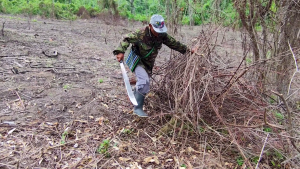 Paul Lopez, Reporting
Paul Lopez, Reporting
This time of year, farmers in San Pedro, Columbia should be gearing up for corn harvest. But instead of reaping what they’ve sown, they’re fighting off an unexpected enemy, rats, lots of them. And right now, the rodents are winning. Local farmer Sylvano Tesecum says he’s had to replant his corn not once, but twice in just a few weeks. Why? Because the first batch of seeds, and even the young corn shoots, were wiped out by a wave of hungry rodents. It’s a frustrating and costly setback for subsistence farmers who are already stretched thin. And with every passing day, the battle between man and rodent is threatening not just this season’s harvest, but their very livelihood.
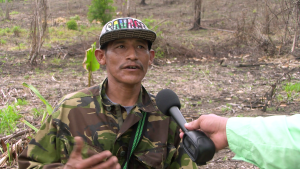
Sylvano Tesecum
Sylvano Tesecum, Farmer, Toledo District
“The rat is really damaging us with the situation we are going through, planting two times and it is not only me. There is a lot of farmers getting affected. I am going to put a next try and we cannot give up.”
For these small-scale farmers, giving up isn’t an option. Most of them work tiny plots of land, and every ear of corn counts, not just for their families, but for the animals they raise and the little extra they earn at the market.
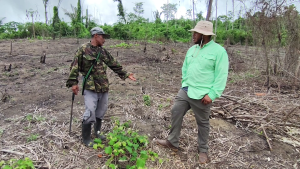 Sylvano Tesecum
Sylvano Tesecum
“They eat anything. They start to eat a lot of thing. They eat grass too not only the corn, they eating some rotten sticks. And it looks like they want to eat us too mein.”
These pests are masters of hide-and-seek, burrowing into the rich soil during the day and emerging under the cover of darkness to feast on freshly planted corn. Tesecum says he’s seen rodents before, but never like this. Residents believe the surge in rodent activity may be linked to the 2024 forest fires, which they say disrupted the local ecosystem.
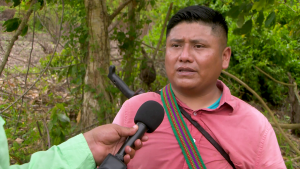
Maximilliano Caal
Maximilliano Caal, Farmer, Toledo District
“Subsistence farmers, small scale farmers planting corn in this area here, it is not huge areas. But it is very cultural, and it is important to the practice here in southern Belize because we are self reliant. There is a lot of imbalance to the ecosystem, things like grey foxes, the ocelot, the jaguarundi, the hawks, they have very little area for them to come back. So, it will take a gradual process for the elimination of the rats.”
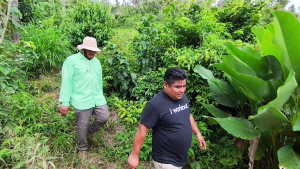 In the rugged hills of Toledo, farming isn’t just a job, it’s a test of endurance. To reach one of these remote corn plots in San Pedro Columbia, we had to drive up a steep, winding path for nearly twenty-five minutes, then hike another two hundred and fifty feet on foot. And that’s just to get to the field. These small farms are carved into the jungle, tucked between hills to shield them from harsh weather. All along the roadside, you’ll find farms under siege. And with corn being a seasonal crop, timing is everything.
In the rugged hills of Toledo, farming isn’t just a job, it’s a test of endurance. To reach one of these remote corn plots in San Pedro Columbia, we had to drive up a steep, winding path for nearly twenty-five minutes, then hike another two hundred and fifty feet on foot. And that’s just to get to the field. These small farms are carved into the jungle, tucked between hills to shield them from harsh weather. All along the roadside, you’ll find farms under siege. And with corn being a seasonal crop, timing is everything.
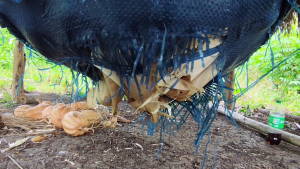 Maximilliano Caal
Maximilliano Caal
“It is bigger than just rats. It is putting the stake of Maya lives at stake, because we wont have enough corn to keep on planting. It is also seasonal, because the corn does need sufficient water when you are planting. When the farmers plant at this time, we anticipate the rains. At this point most farmers should have already planted. Some farmers tart planting in May. We are already in July. Come August we should have things like corn lab, ducunu, that is when people enjoy that. So that is a thing that is also changing, because we wont have the corn in time for the families to enjoy.”
The stakes are high. They’ve only got a limited stash of quality seeds left from the last harvest and the rats are tearing through them. If those seeds run out, this season’s loss could snowball into next year. And it’s not just about planting. These farmers still follow the tradition of reciprocal labor, trading time instead of money. But there’s a catch: after planting, the host has to feed the whole crew. That cultural feast? It’s another cost they’re struggling to cover.

Raphael Choc
Raphael Choc, Farmer, Toledo District
“After planting there is a reward for the workers. We have a feast. The main food is the caldo, local chicken caldo. That is what we give to the workers. The feast is an expense. Local chickens are not so cheap, not only to buy but to raise, local chickens are expensive. Corn is what we are short of, and this is the second feast we are doing. It is a second expense. The first expense just gone down the drain. This second expense, we hope that we get this other corn.”
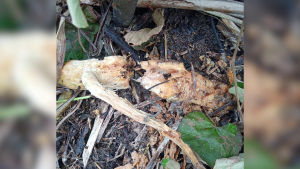 So, what’s the fix? Some farmers tried bringing in cats, but they went wild. Others are burning the land to flush out the rodents, but that’s risky and can spark bigger fires. With time running out to plant, many are taking that gamble anyway. But, Tesecum says even that isn’t working. The rodents keep coming. Now, the community is calling on the government to step in before the damage gets any worse.
So, what’s the fix? Some farmers tried bringing in cats, but they went wild. Others are burning the land to flush out the rodents, but that’s risky and can spark bigger fires. With time running out to plant, many are taking that gamble anyway. But, Tesecum says even that isn’t working. The rodents keep coming. Now, the community is calling on the government to step in before the damage gets any worse.

Jose Mai
Jose Mai, Minister of Agriculture (File: July 16th, 2025)
“So that you have rodents on a farm is not strange or surprising to anybody. If it is an invasion I don’t know. What do you call an invasion? If you have ten rats on a field eating a pumpkin, is that an invasion? My technicians will have to go make that assessment and report back to us.”
Reporting for News Five, I am Paul Lopez.




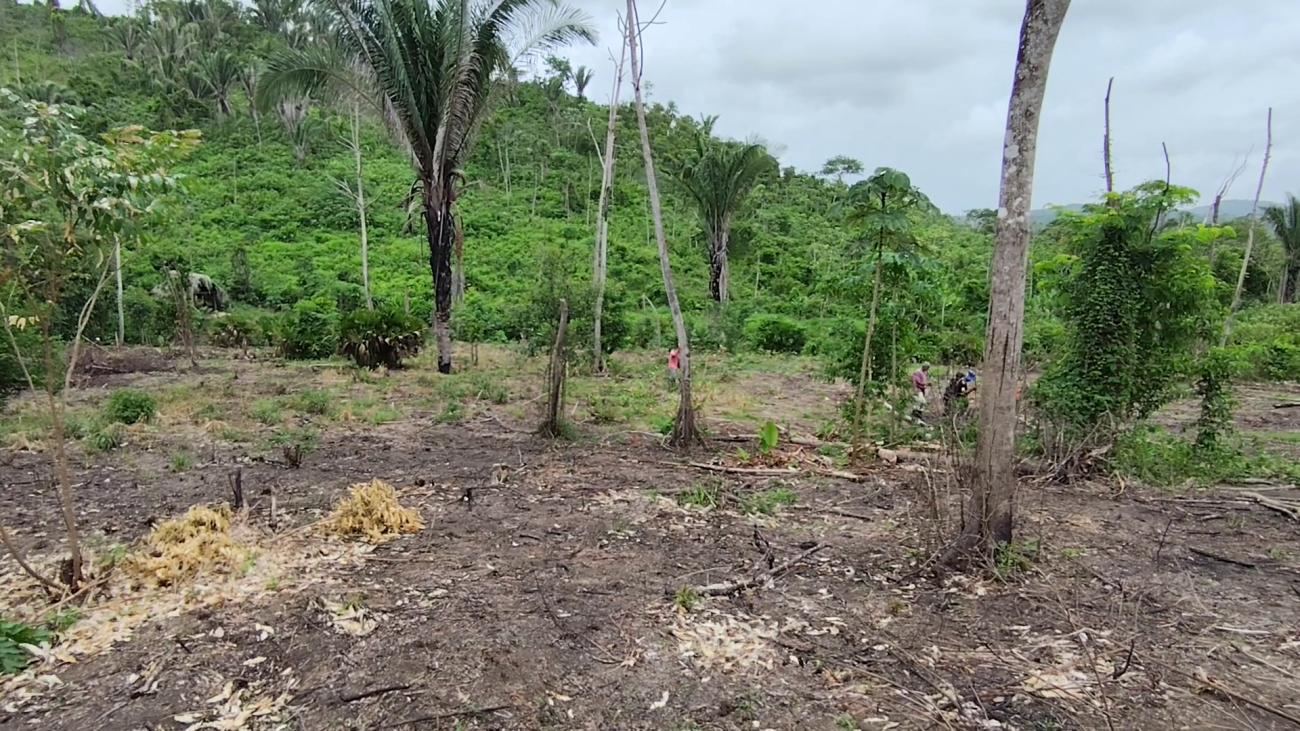

Facebook Comments